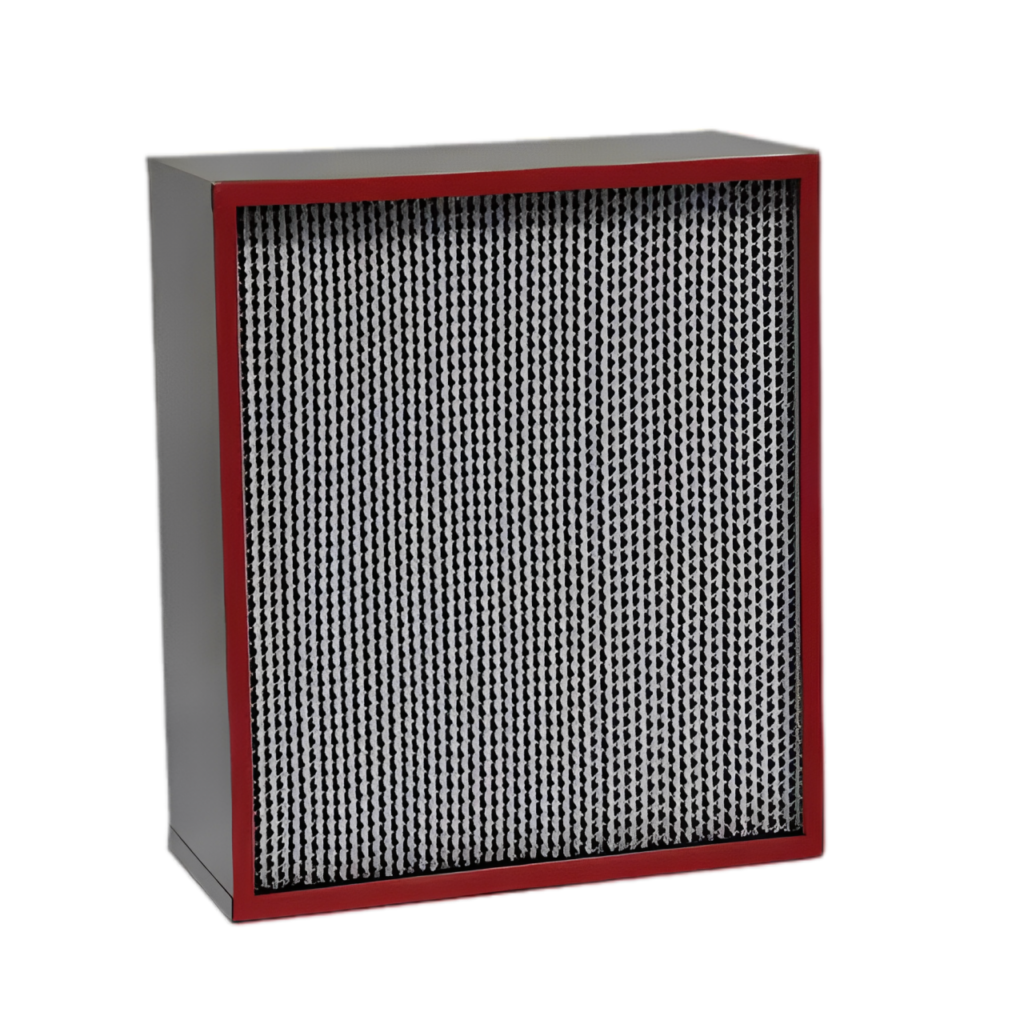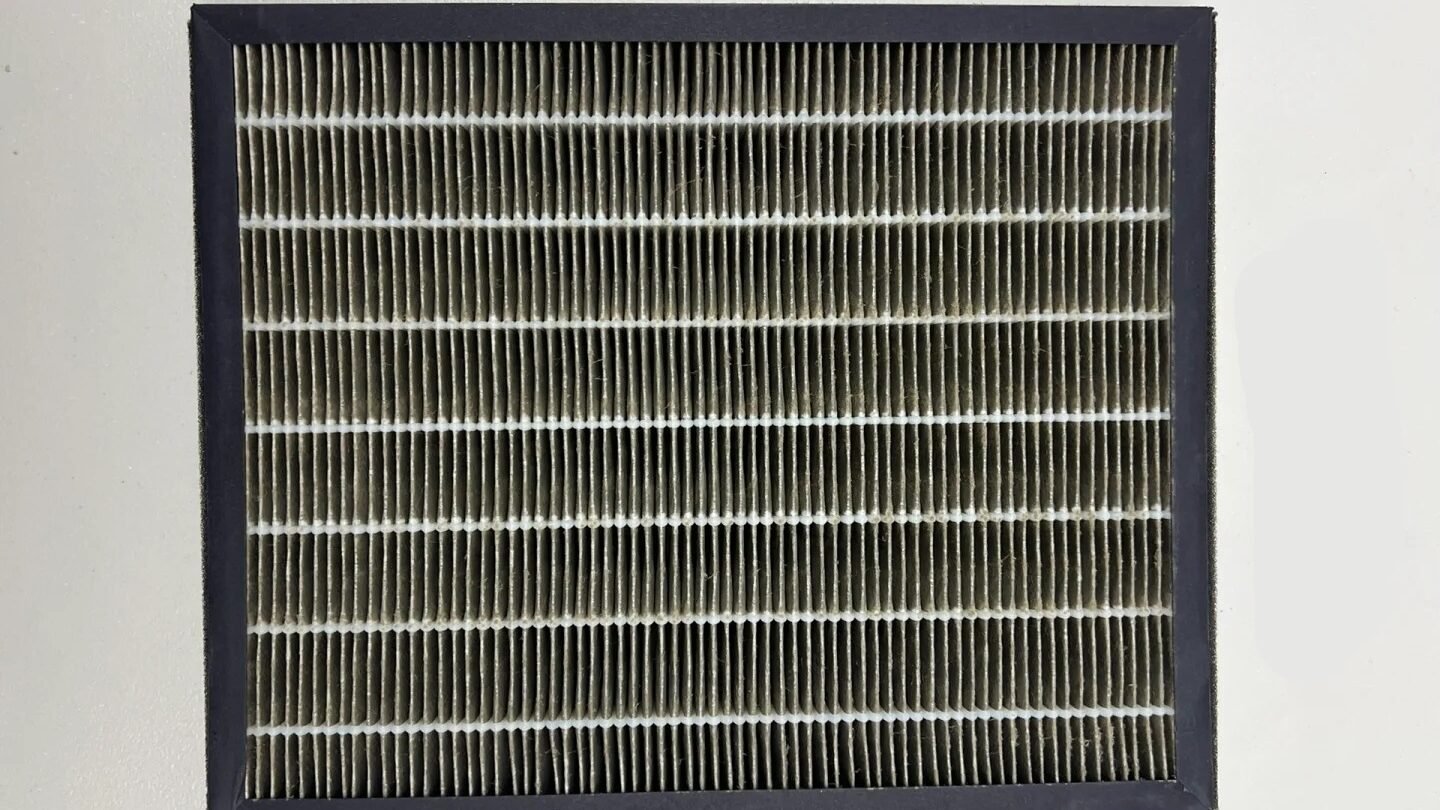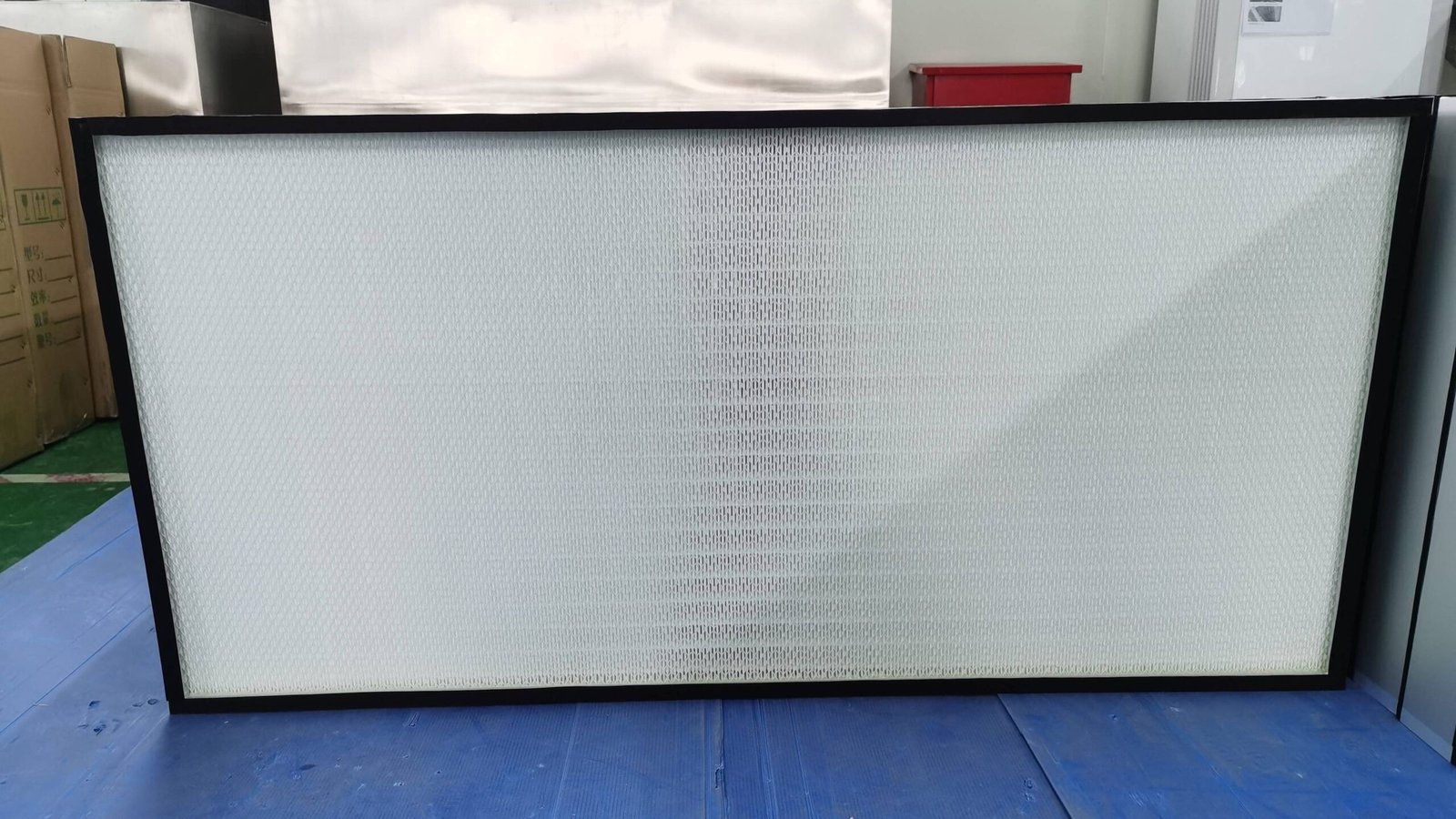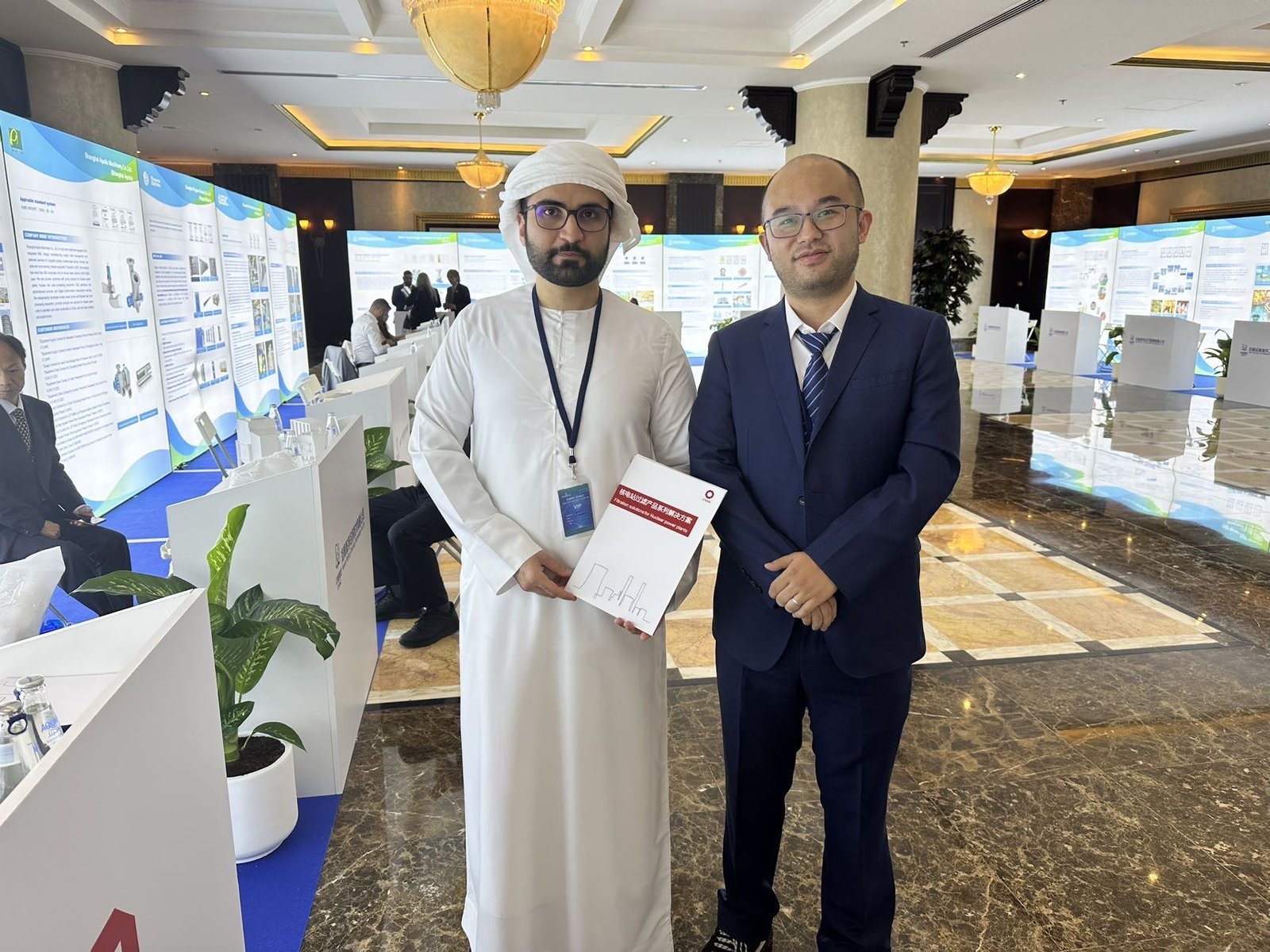Yes, but only if it’s labeled “washable” by the manufacturer.
Most standard HEPA filters are not designed to be cleaned—water or vacuuming can damage their delicate fibers, reducing filtration efficiency by up to 32% (based on lab tests).
As an expert with over 20 years of experience in filtration systems, I have observed the increasing interest in the maintenance and longevity of hepa filters. A common question is whether used hepa filters can be cleaned, which varies based on the type of filter material and its specifications.I’ll explain in detail in this post:
- How to safely clean washable HEPA filters?
- Why cleaning non-washable filters is risky?
- When to replace instead of clean?
HEPA Filter Basics: Why Cleaning Is Challenging
HEPA filters are designed to capture 99.97% of particles ≥0.3 microns using three key mechanisms:
- Interception: Particles traveling with airflow stick to the filter fibers.
- Diffusion: Smaller particles move erratically (Brownian motion), increasing their chances of hitting fibers.
- Impaction: Larger particles collide directly with fibers due to inertia.
While these mechanisms ensure high filtration efficiency, they also make HEPA filters difficult to clean without damaging their delicate fiber structure or reducing efficiency.
Types of HEPA Filters:
| Type | Can You Clean It? | Lifespan |
|---|---|---|
| Disposable | ❌No (replace every 6-12 months) | 6-12 months |
| Washable | ✔️Yes (follow manual) | 2-3 years |
| Hybrid (e.g., Dyson) | ❗ Partial (dry brushing only) | 1-2 years |
Key Fact: Even “washable” HEPA filters lose efficiency over time. Tests show reused filters capture 15-32% fewer particles than new ones.
How to Clean a Washable HEPA Filter
Note: Only proceed if your filter’s manual approves washing.
- Remove the Filter
- Turn off the device and unplug it.
- Gently detach the filter (avoid bending).
- Dry Brushing (For Dust)
- Use a soft brush to remove loose debris.
- Pro Tip: Wear a mask to avoid inhaling trapped allergens.
- Rinse with Water (If Allowed)
- Rinse under lukewarm water (≤104°F/40°C) in one direction.
- ⚠️ Avoid scrubbing, hot water, or soap (damages fibers).
- Air-Dry Completely
- Place in a shaded, well-ventilated area for 24-48 hours.
- ❌ Never use a hairdryer or sunlight (warps structure).
- Reinstall and Test
- Check for odors or mold before reuse.
A 2023 study found that washing HEPA filters reduces CADR by 26% and doubles the rate of airflow resistance buildup.
I’ve previously written an in-depth guide on cleaning HEPA filters, so feel free to check it out for detailed tips and best practices!

Common Types of Washable Hepa Filters
Certain Reusable Hepa Filters
Some hepa filters made from special materials and processes are designed to be reusable, such as those made mainly from synthetic fibers, which are clearly marked as washable.
These filters can typically be rinsed using clean water or a mild neutral detergent, and should be air-dried afterward. When cleaning, it is important to avoid using sharp objects to scrape the filter, as this may damage its structure and affect its filtration performance.
Hepa Filters with Pre-Filters
Some hepa filters are equipped with pre-filters, which are usually washable to extend the overall lifespan of the hepa filter.
Pre-filters are primarily used to capture larger particles of dust and debris, thus reducing the burden on the hepa layer.
When washing the pre-filter, refer to the product instructions; it is generally recommended to clean it using water or a vacuum.

Why Cleaning Non-Washable HEPA Filters Fails
Attempting to clean disposable HEPA filters can:
- Tear Microfibers: Creates gaps for pollutants to escape.
- Promote Mold: Moisture trapped in layers breeds bacteria.
- Void Warranty: Most brands deny claims if filters are cleaned.
Better Alternatives:
- Vacuum Gently: Use a soft brush attachment on low suction (removes surface dust only).
- Replace Sooner: Save $50/year on energy costs by maintaining peak efficiency.
Non-Washable HEPA Filter Types
Glass Fiber Hepa Filters
Typically, hepa filters made from glass fiber are not washable.
Due to the brittle nature of glass fibers, cleaning can easily lead to fiber breakage, resulting in damage to the filter and significantly reducing its filtering efficiency.
Additionally, glass fibers may release tiny particles in damp conditions, which could pose health risks.
Deep Filter Hepa Filters
These filters use a multilayer fiber structure to deeply filter air, which can allow dust and debris to penetrate into the filter media.
It is difficult to completely remove these impurities when cleaning, and doing so may damage the internal fiber structure and filtration channels, affecting filtering efficiency.
Therefore, deep filter hepa filters are generally not recommended for cleaning and should be replaced after a certain period of use.

When to Replace Your HEPA Filter (Not Clean)
Replace immediately if you notice:
- Visible damage (holes, warping).
- Persistent odors after cleaning.
- Reduced airflow (device struggles).
Cost-Saving Tip:
Upgrade to low-resistance HEPA filters (like Camfil’s 30% energy-saving design) for longer lifespan.

Important Considerations
Before deciding whether to clean a hepa filter, it is crucial to carefully review the product’s user manual or consult the manufacturer to ensure proper use and maintenance of the filter, ensuring its filtering effectiveness and longevity.

Are washable hepa filters as effective?
l can confirm that washable hepa filters, when cleaned properly, can retain a good level of effectiveness. However, over time, the performance tends to degrade.
This happens because repeated cleaning can reduce their ability to hold dust and particles, and the filtration efficiency may not match that of a brand-new filter.
While washable hepa filters retain some filtration effectiveness with regular cleaning and proper maintenance, their performance gradually fails to match that of new filters.
Here’s a more concise analysis focusing on filtration efficiency, dust holding capacity, and airflow resistance:

Filtration Efficiency
Theoretical Aspect: Washable hepa filters function similarly to standard hepa filters, using specific fiber structures to capture fine particles. If the filter material is not damaged during cleaning, it should maintain its original filtration efficiency.
Practical Situation: Cleaning can remove most dust, but some fine particles may remain trapped. With increased cleaning, fibers may degrade, leading to decreased efficiency. For example, a filter originally filtering 99.97% of 0.3-micron particles may drop to about 99.5% after multiple cleanings.
Dust Holding Capacity
Post-Cleaning Recovery: Cleaning can restore the filter’s dust holding capacity to near that of a new filter if done correctly, allowing it to accommodate new dust and extend its lifespan.
Long-Term Impact: However, repeated cleaning may loosen or damage the fibers, reducing dust holding capacity. Over time, washable hepa filters may hold less dust than new, unwashed filters, requiring more frequent cleaning or replacement.
Airflow Resistance
Minimal Impact from Proper Cleaning: Proper cleaning methods using mild detergents and gentle rinsing typically do not significantly change airflow resistance, allowing air to pass through smoothly.
Increase from Improper Cleaning: However, aggressive cleaning or inadequate drying can deform the filter material and clog pores, increasing airflow resistance. This can hinder ventilation, raise energy costs, and compromise indoor air quality.
How long do washable hepa filters last?
Customers often ask me how long a washable hepa filter will last. I usually tell them that the life of a filter is affected by several factors, such as the environment in which it is used, how often it is cleaned, and how it is maintained.
The lifespan of washable hepa filters is influenced by factors such as material, usage environment, cleaning frequency, and maintenance methods. Generally, with proper use and maintenance, their lifespan can range from 2 to 5 years. Here’s a detailed analysis:

Material Factors
Synthetic Fiber Material: Washable hepa filters made primarily of synthetic fibers like polypropylene and polyester have good flexibility and water resistance. Under normal cleaning and usage conditions, their lifespan tends to be longer, typically lasting 3 to 5 years. If used in favorable conditions with proper cleaning and maintenance, they can even last over 5 years.
Composite Material: Some washable hepa filters made from composite materials combine the advantages of different materials, providing good filtration performance and durability, with a lifespan usually between 2 to 4 years. However, if certain components are easily damaged during cleaning, this may reduce their lifespan.
Usage Environment Factors
Clean Environment: In relatively clean indoor environments, such as home bedrooms or offices, where air pollution and dust are minimal, the load on washable hepa filters is lower, resulting in a longer lifespan, typically reaching 4 to 5 years.
Harsh Environment: When used in dustier industrial settings, busy roads, or near construction sites, washable hepa filters must filter a large amount of dust and impurities, leading to quicker saturation and increased cleaning frequency, potentially shortening their lifespan to 2 to 3 years.
Cleaning Frequency and Maintenance Method Factors
Proper Cleaning and Maintenance: If cleaned according to the product instructions, with moderate cleaning frequency and thorough drying and proper storage after cleaning, the performance of washable hepa filters can be well-maintained, allowing their lifespan to reach 3 to 5 years.
Improper Cleaning and Maintenance: If cleaned too frequently or with inappropriate methods—such as using harsh chemicals or excessive rubbing—this can accelerate damage to the filter material, reducing their lifespan to 2 to 3 years, or even shorter.
FAQ:
How often should I clean my hepa filter?
The frequency of cleaning depends on the usage environment. Generally, clean it every 1 to 3 months in standard environments, but more frequently in dusty or polluted areas.
What is the best method to clean a hepa filter?
The best method is to gently vacuum the filter with a soft brush attachment or rinse it under lukewarm water if it is washable. Avoid using harsh chemicals or scrubbing.
How can I tell if my hepa filter needs replacement?
If the filter is visibly dirty, smells musty, or if your air quality worsens, it’s a good indicator that it needs to be replaced. Always refer to the manufacturer’s recommendations for specific guidelines.






